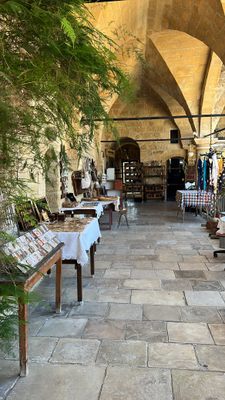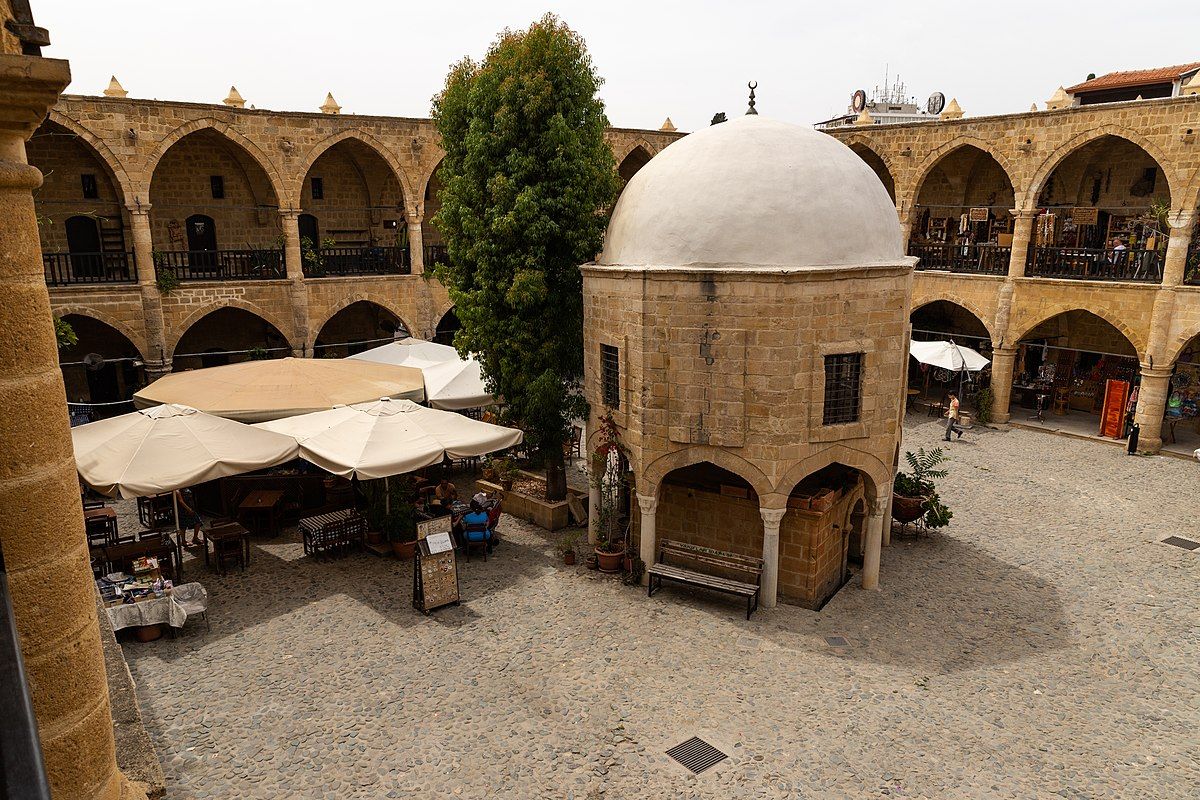About
Completed in 1572, Büyük Han is an exquisite example of Ottoman caravanserai architecture. Documents reveal that its original name was Yeni Han (New Inn). Due to the high number of patrons from Alanya, it became known as Alanyalılar Hanı, but during the 17th-century, a smaller inn was opened nearby. People began referring to the two places as the Small Inn and the Big Inn, or Büyük Hanı, which eventually became Büyük Han.
The purpose of the caravanserai was to provide shelter for travelers, however, under British rule, Büyük Han was used as a prison from 1892 to 1903. Once the prison was decommissioned, Büyük Han once again became an inn and shops started appearing on the ground floor. It wasn’t until the 1990s that a full restoration took place, and Büyük Han became a vital cultural and social center of urban life.
Two gates grant access to the courtyard, one facing east and one facing west. From the outside, Büyük Han looks austere and it reminds one of a fortress. Upon entering, the eye is met with a large courtyard surrounded by a two-story stone structure adorned by elegant arches and stairs.
On the ground floor, once dedicated to stables and storage rooms, are now fashionable cafes and art shops. The sleeping chambers, traditionally located on the first floor, are now home to merchants and artisans selling their wares and services. Each of the 68 rooms has an octagonal or hexagonal fireplace, the shape of which created some puzzlement among historians.
In the center of the courtyard is a two-story prayer room (köşk mescidi) resting on top of marble piers, with a fountain for ablutions. The six arches adorning the ground floor are identical to the arches of the upper and lower galleries surrounding it. Near the prayer room is the tomb of either Muzaffer Pasha or an important figure that died while worshipping here.
Related Tags
Published
October 15, 2020























































